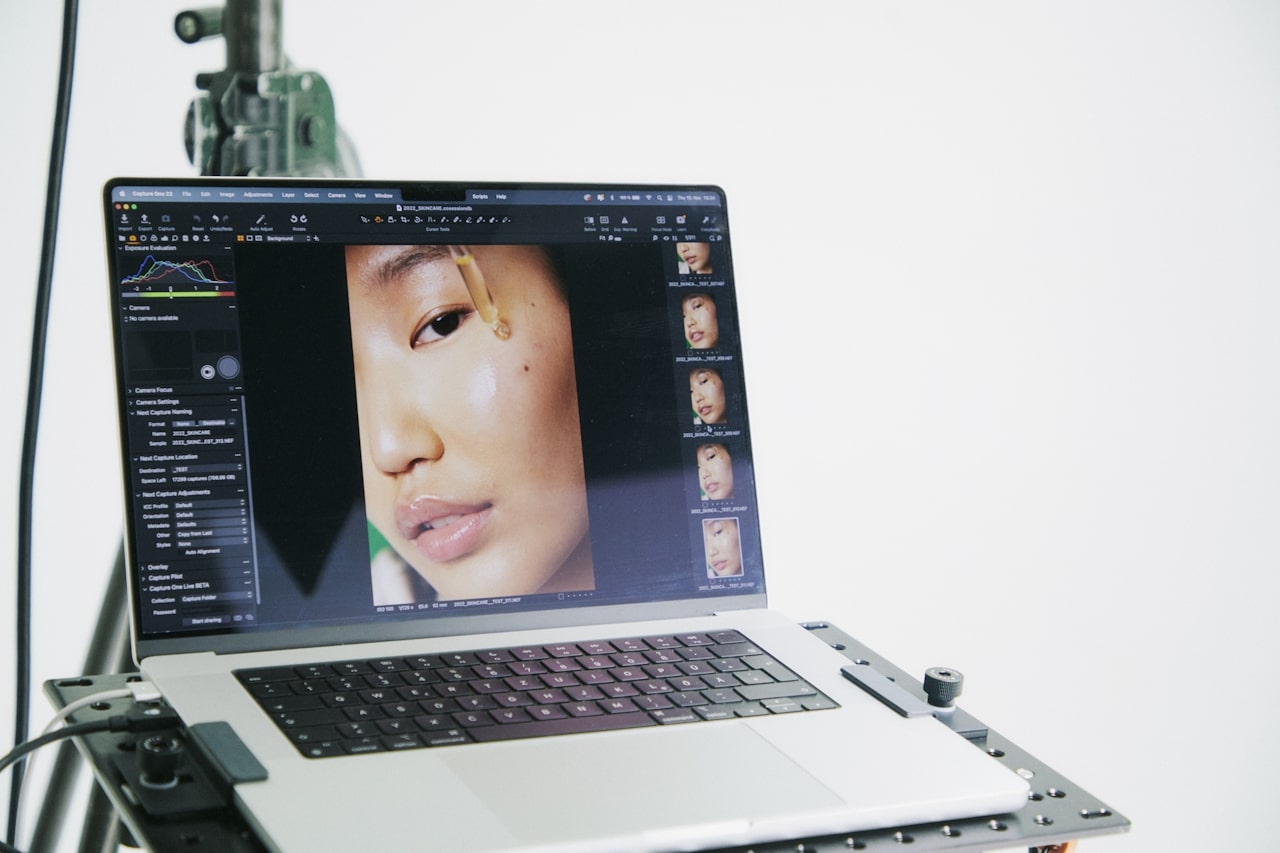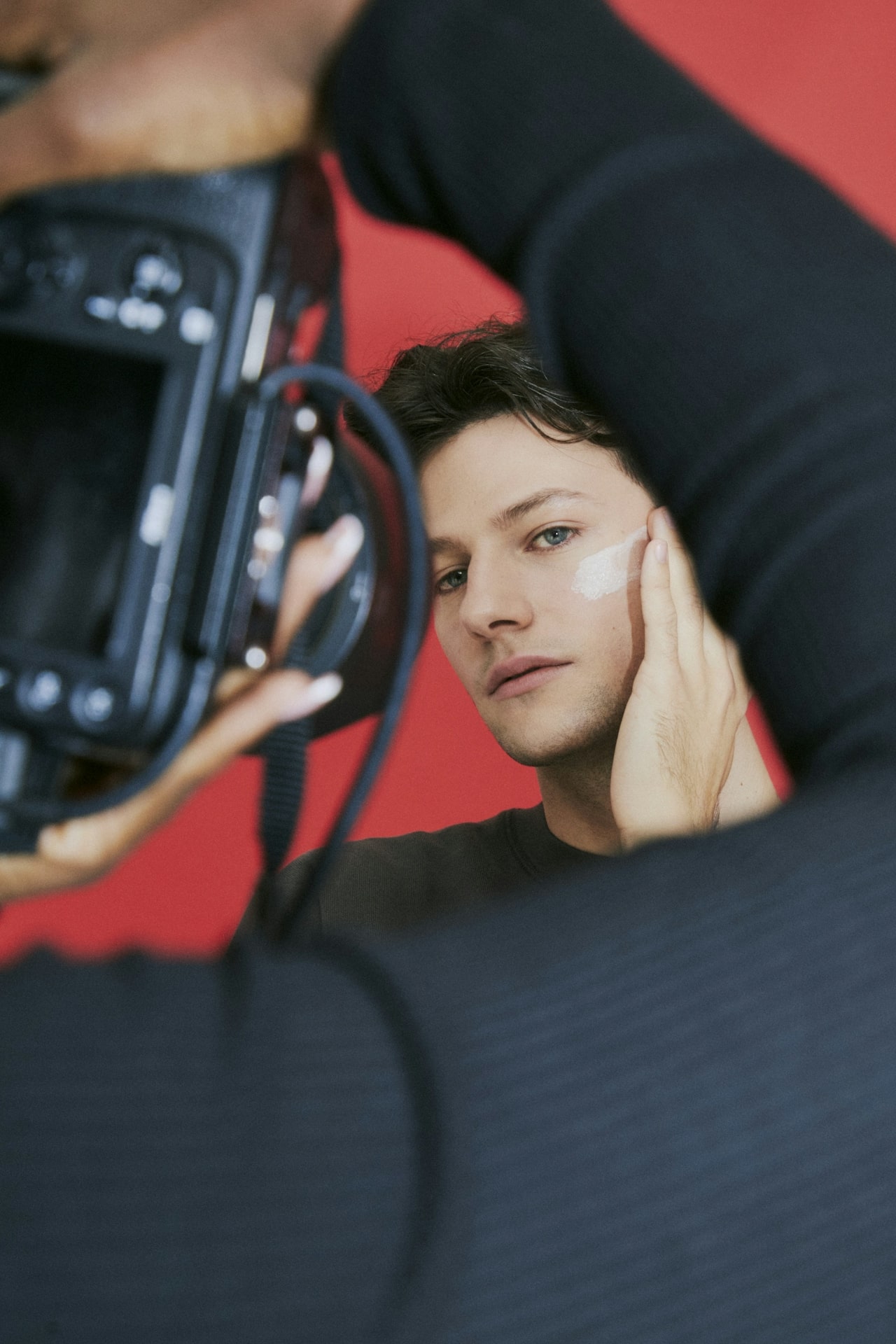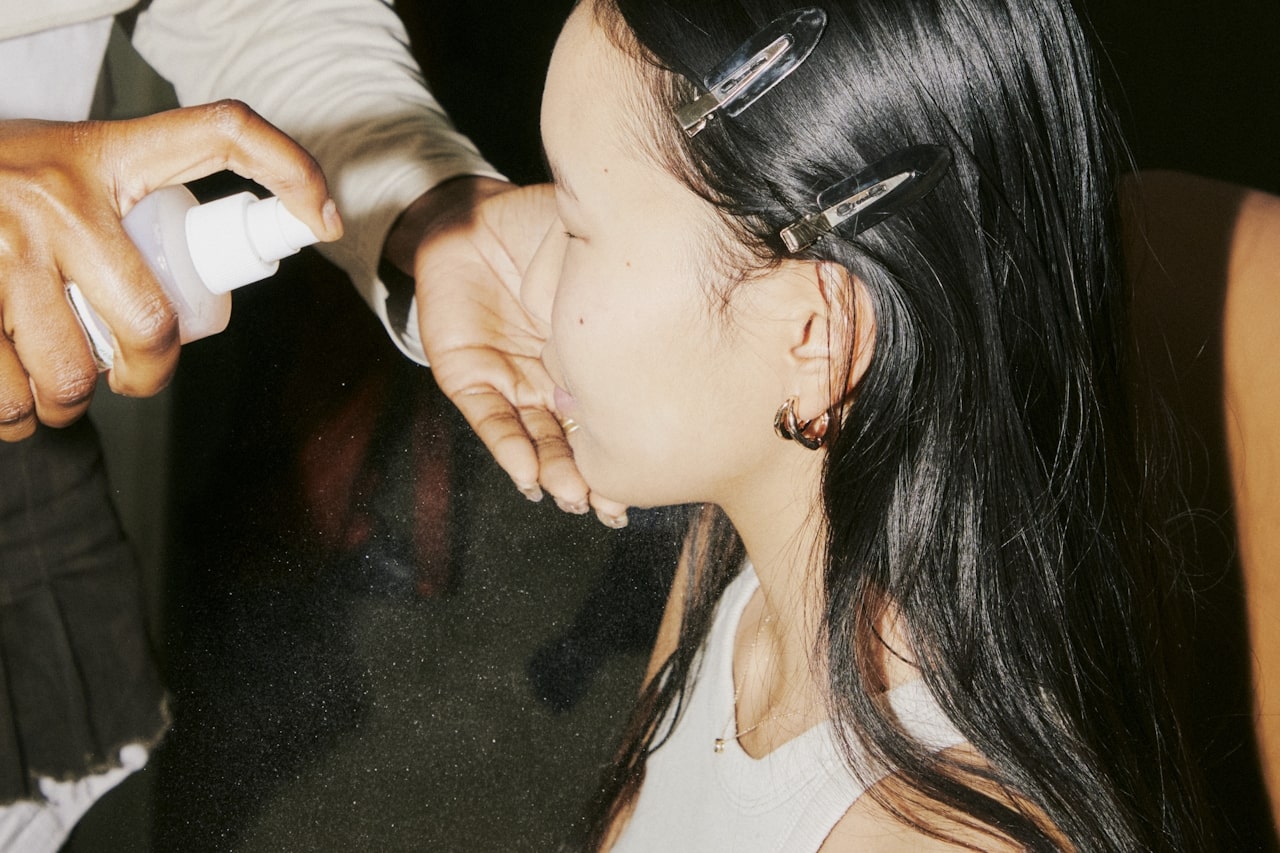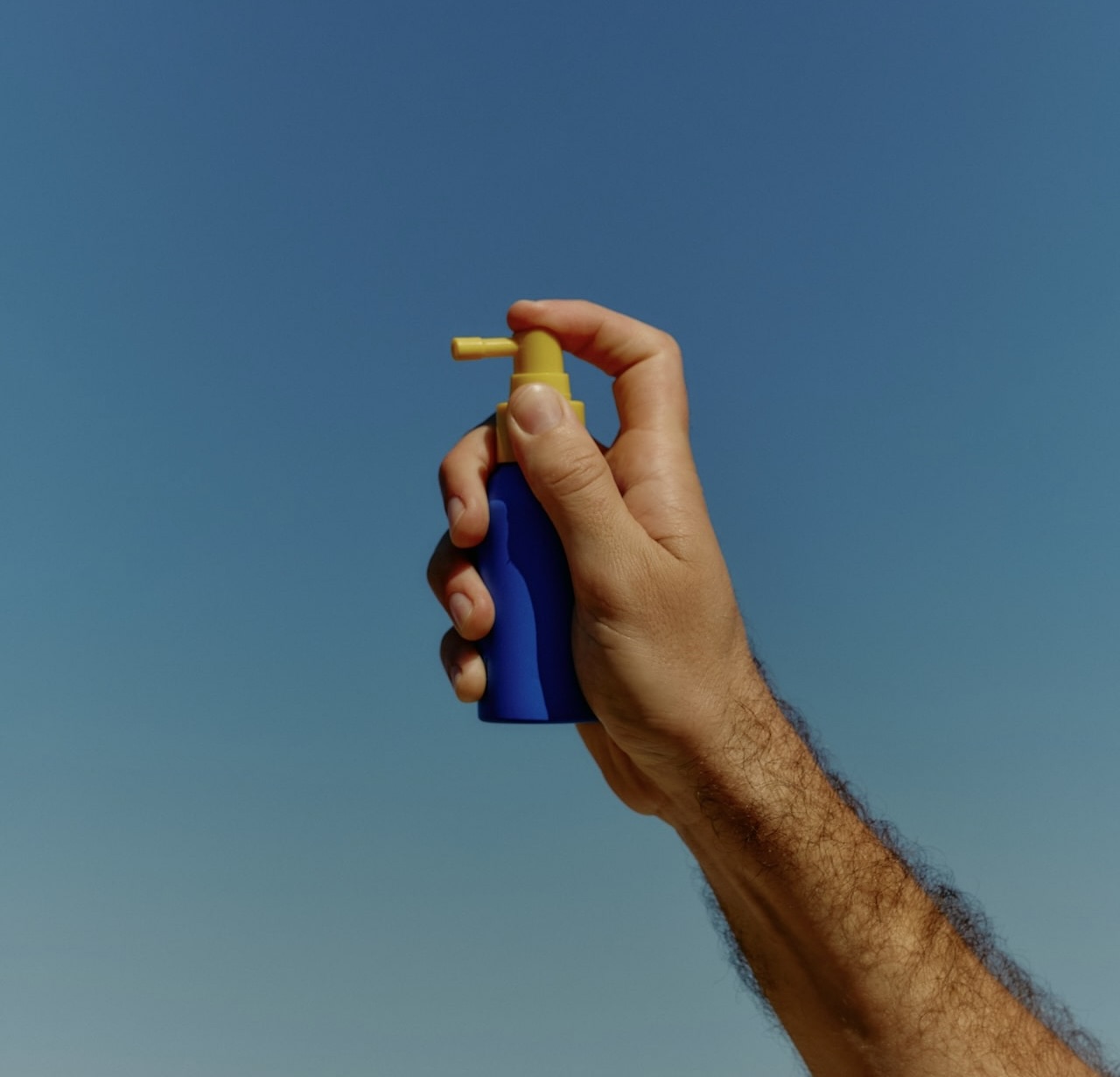Certifications are often a strong trust-building element for consumers, and they are worth considering when planning your own cosmetic line. They can relate to ecology, naturalness, or quality. However, placing them on the label requires proper verification – for example, by a certifying body.
👉 Learn more here: What certifications are worth considering when creating your own cosmetics?
Also, remember that testing cosmetics and their ingredients on animals is prohibited across the EU. Therefore, using a “cruelty free” label without additional verification or certification may be considered misleading. If, however, the product meets extra criteria and is verified by a third-party unit, such a claim is allowed.
Learn more: Status Cruelty-Free: On the ethics of launching cosmetic products in foreign markets
🌍 Environmental claims – what to watch out for?
More and more beauty brands communicate their eco-friendly approach. This is a great direction, but it requires caution:
🔹 Credibility – environmental claims should be based on certification or a system established by a public authority.
🔹 Avoid vague statements – terms like “green”, “eco-friendly”, or “nature-friendly” can only be used if supported by evidence.
🔹 Be specific – if only the bottle is made from recycled material, state clearly: “bottle made from recycled material”.
🔹 Climate claims require evidence – phrases like “climate neutral” are only allowed if they result from a full life-cycle analysis of the product, not just from compensating emissions (e.g., by planting trees).
👉 In summary: environmental claims work in favor of the brand only when they are clear, specific, and backed by evidence. This is crucial if you want to build a credible beauty brand and avoid greenwashing accusations.
Learn more: Green Claims in Light of New Regulations – a new dimension of environmental declarations























